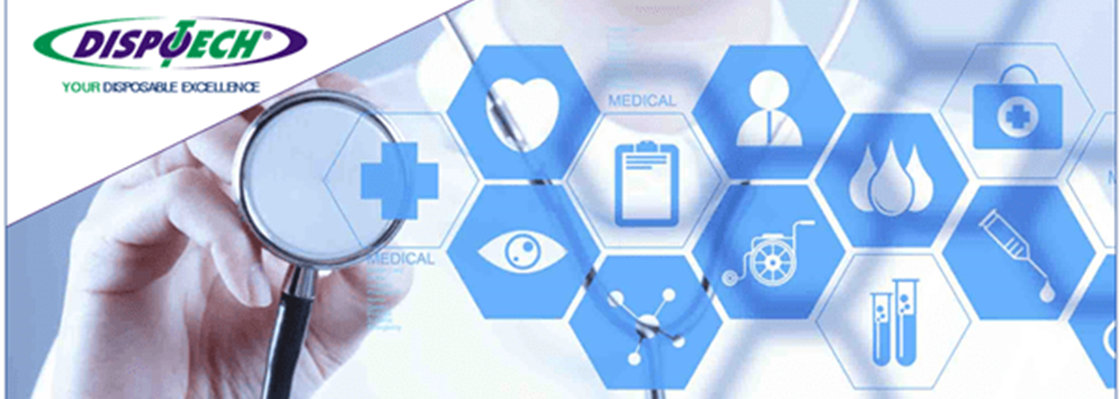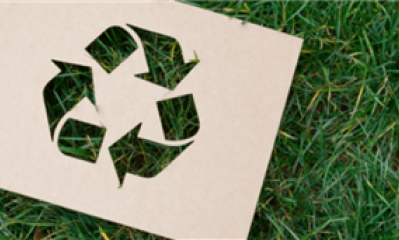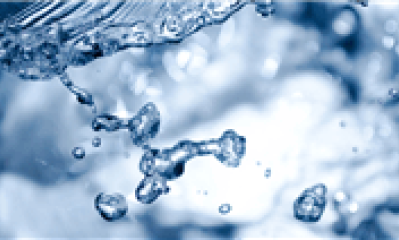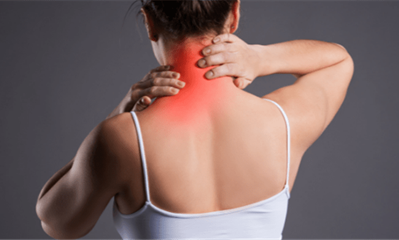Here we are once more with a new appointment with the blog of Dispotech, your disposable excellence.
Inspired by an article read on interestingengeneering.com, today we’ll talk about how some of the most important medical devices in the field of medicine came into being. These inventions have radically changed the worlds of science and medicine, significantly improving both fields and, consequently, our lives. Enjoy your reading!
Medical thermometer
Thermometers for measuring temperature fall under the category of objects that each of us has at home. Despite their popularity, it has not yet been possible to clearly define who invented it. Gabriel Fahrenheit invented the mercury thermometer in 1714 - a device for measuring temperature which, however, had already been invented by Galileo towards the end of the 1500s. This instrument was based on the principle that the density of a liquid changes with respect to its temperature. Be that as it may, today mercury thermometers are considered outdated and have been replaced by digital thermometers - faster in measuring body temperature and even safer, considering the risks of poisoning that dispersing mercury might entail.
Stethoscope
Before the stethoscope was invented, doctors listened to patients’ heartbeats by putting an ear on their chests - a decidedly inefficient and unreliable method. This is exactly what happened to physicist René Laënnec: he was unable to properly hear the heartbeat of one of his patients, since the latter had too much abdominal fat which jeopardized hearing. It was no less than the French scholar who invented the stethoscope, using a cone-shaped wooden stick that amplified sounds coming from the heart and lungs. Today, materials and technologies have changed, but not the principle of sound amplification which remains the same as was intuited back in the 1800s.
X-ray imaging
It is hard for us to imagine a correct diagnosis – and a consequently correct therapy - without X-ray imaging technology. X-rays were discovered by mistake by German physicist Wilhelm Conrad Röntgen. The scholar was observing the process of electric current passing through a tube containing low-pressure gas. The man noticed that in a dark room, the tube in which the transmission took place (covered with barium platinocyanide) caused a fluorescent effect. As cathode rays are invisible, he did not know what they were and therefore called them "X-rays" because of their unknown nature. For this discovery, Wilhelm Conrad Röntgen won the first Nobel Prize in the history of Physics: that was 1901.
Antibiotics
Many (mistakenly) associate the discovery of antibiotics with the discovery of penicillin, which took place thanks to Alexander Fleming. In actuality, the era of antibiotics began in 1907 with the “creation” of Salvarsan by Alfred Bertheim and Paul Ehrlich. Today Salvarsan is known as arsphenamine, and is acknowledged as the first medicine able to fight syphilis. It was here that the history of anti-bacterial treatments officially began. Alexander Fleming's discovery of the antibacterial properties of penicillin dates back to 1928, but the beneficial properties of antibiotics have long been known.
Today, antibiotics have revolutionized the world of medicine and together with vaccines, have helped eradicate even the most dangerous diseases such as tuberculosis.
Pacemakers
This extraordinary invention was the result of the work of two Australian scientists, Mark C. Hill and physicist Edgar H. Booth in 1926. The prototype was a portable set consisting of two poles, one of which was directly connected to the patient's heart via a needle. Despite this somewhat "crude" design, the two scholars were able to bring a clinically dead baby back to life. Today, pacemakers are sophisticated medical devices, small in size and exceptionally long-lasting: their batteries last about twenty years.
Prosthetics and implants
The life of a disabled person is a tough experience not only on a physical level, but mentally and emotionally. The invention of the prosthesis was a beacon in the dark for all those who, due to a physical handicap, were forced to live their lives on a wheelchair or accompanied by crutches.
Made of carbon fibre, modern prostheses are light but resistant (more so than metal) and are decidedly realistic; in the not too distant future, prostheses will contain myoelectric sensors, which will allow those wearing them to grasp or hold onto what surrounds them thanks to the stimulation of brain impulses.
Defibrillators
The concept of heart defibrillation is not very recent: it has been known for decades, but its introduction into the clinical sector was made possible by Dr. Claude Beck. The doctor managed to save a boy's life by defibrillating his heart during surgery. Today, defibrillators save millions of lives around the world and are fundamental first aid medical devices.
Did you know the history and origins of these medical devices? What do you think of this article? Have your say by contacting Dispotech!


















